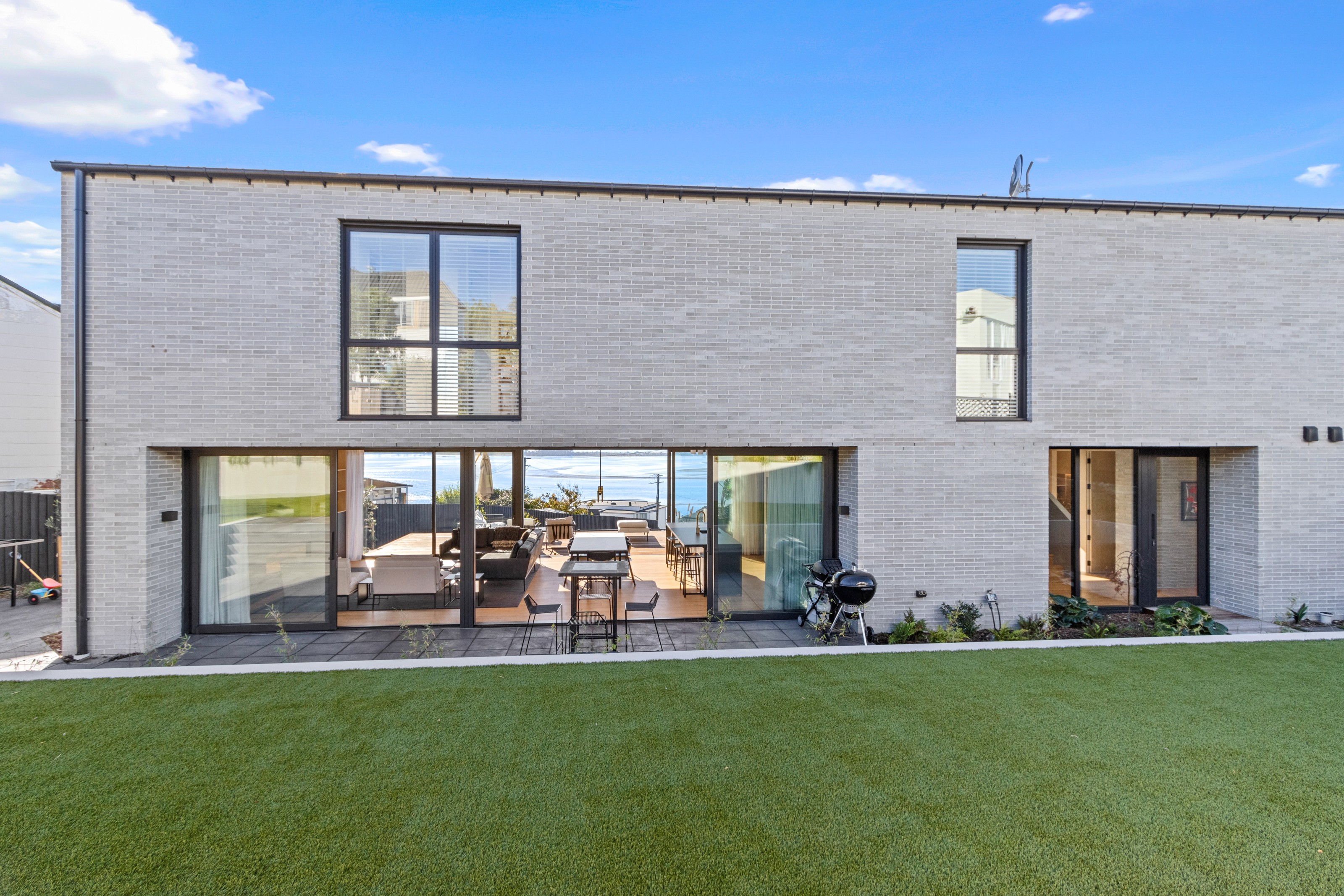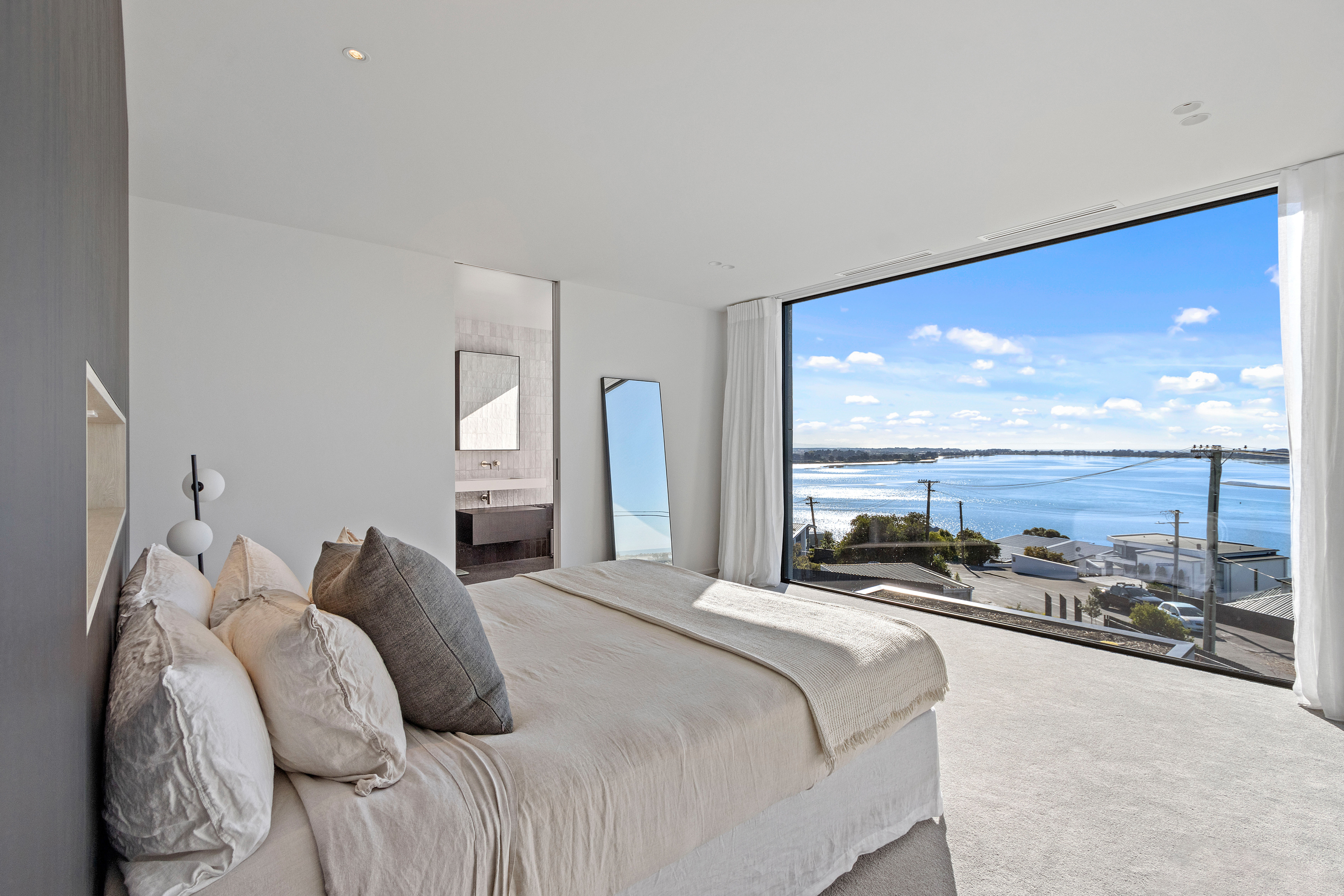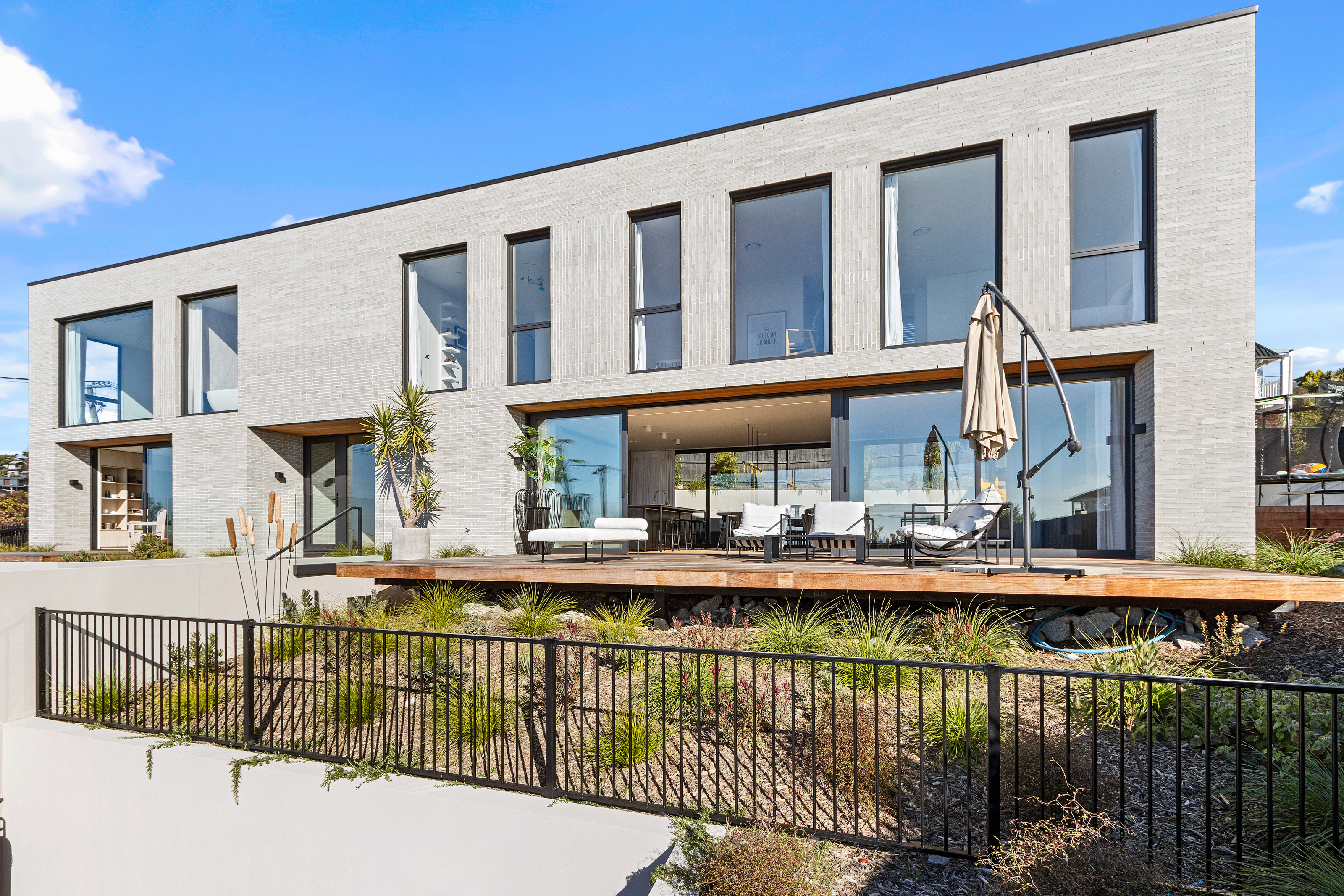Hit enter to search or ESC to close
Aligning all the insulation elements of a building – the wall, the thermal break of the window frame and the glazing unit – enhances thermal performance while also creating a clean contemporary aesthetic.
CLICK HERE to download the Pacific52™ Thermal Recessed Frame Brochure
CLICK HERE to access the Pacific52™ Thermal Recessed Frame CAD resources

The Recessed Frame - what is it?
The Altus Recessed Frame aligns all the insulation elements – the wall, window or door frame and glazing unit – by positioning the frame in line with the actual wall structure, thereby protecting the frame from external temperatures and minimising any loss of heat through the frame.
An injection of expanding foam then protects the frame and thermal break from any cooler air circulating between the cladding and the frame of the building and helps ensure that any thermal performance gains are realised.

Traditional window frames, and consequently the thermal break within the frame, have been designed and installed in such a way that they tend to sit ahead or outside the wall of the building, exposing the frame to colder external temperatures.
CLICK HERE to explore a Recessed Frame Project - GREAT MOVES AND GROOVES
CLCIK HERE to explore a Recessed Frame Project - DRIFTWOOD HOME
Benefits – what does it deliver?

Increased energy efficiency
The Pacific52™ Thermal Recessed Frame, combined with the expanding foam, means less chance of condensation forming whilst also making it easier to control the internal temperature of the home.

Triple Glazing
The standard 52mm system can accommodate standard triple glazing units; stepping up to the 60mm fixed window system allows for more expansive triple glazing options.

Dual colour
Choose different colours for the interior and exterior portions of your recessed window or door frame.

Clean contemporary lines
The body of the window is recessed into the structure, creating depth and clean lines which enhance the contemporary aesthetic of the building.
Installation - the ease of E2/AS1
Our recessed window
- is compliant with all typical E2/AS1 installation details
- requires no extra parts or custom-made flashings to install the window reducing time, cost and risk
- has no special installation requirements, meaning you get reliable installation every time
- can be used with most proprietary claddings while still maintaining the insulating line of the building, i.e. the recessed frame can be adjusted to achieve the optimal interface with the chosen cladding system whilst maintaining the thermal barrier alignment
Other methods of recessing windows include proprietary fixing and custom flashing design. Whilst these can be suitable, they limit options and come with increased risks from possible poor installation and ill-conceived cladding junction details.

Foam injection
Expanding foam is injected on all four sides of the frame to protect the thermal break and the interior portion of the aluminium frame from any cooler air circulating between the cladding and the frame of the building. The foam helps ensure any thermal performance gains are realised.

Increased thermal performance
Under controlled conditions* in which the interior (20°C) and exterior (0°C) the temperature of the interior of the Recessed Frame drops to a minimum of 13°C (see thermal graphic), while the interior metal in the traditional frame drops to a minimum of 3°C.
In practical terms this means far less energy will be required to regulate and maintain the interior temperature of a home versus that needed for a traditional frame. Minimum temperatures will, of course, vary across the country.
*Model calculations based on 1m x 1m 1m x 1m window and following ISO 13788 (fRsi boundary conditions), ISO 10077 1&2 (U value), ISO 10211 (Installation)

The Recessed Frame is available in the following products:
- Windows – awning and casement
- Hinged and French doors
- Bifold doors
- Euroslider™ and Eurostacker™ doors


















